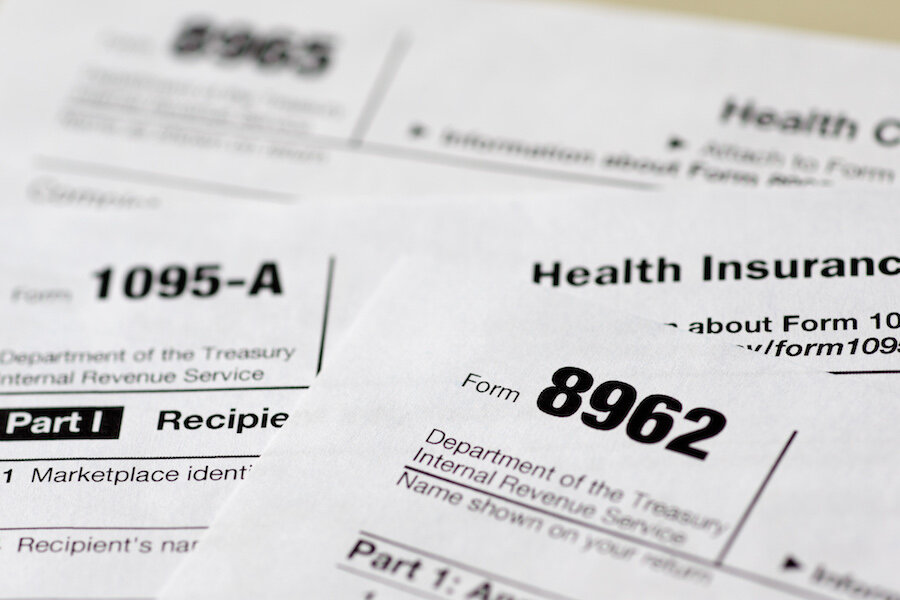Last-minute ways to cut your 2016 tax bill
Loading...
The holidays are fast approaching, and your to-do list probably consists of shopping and preparations for holiday parties, along with the usual work and family commitments. Last-minute tax planning might seem like something you do in February, March or April — but it should jump to the top of your list in December.
By the time you’re filing, it’s too late to maximize your tax savings. Doing a tax checkup doesn’t need to take much time, and it could free up money for your holiday shopping budget.
Avoid penalties or interest
First, review your tax withholding or payments. This isn’t an issue if most of your income comes from W-2 wages, but it might be if you’re self-employed, have a part-time job or have dividend or interest income. If you don’t send Uncle Sam — and his buddy, the state — enough money throughout the year, you could be charged about 3% interest on the amount you should have paid. That might not seem like much, but it’s an expense you can avoid with a few minutes of planning.
The IRS won’t charge interest on tax you didn’t pay during the year if you:
- Paid at least 90% of this year’s tax liability.
- Paid 100% of last year’s tax liability (110% if you make more than $75,000 if you’re married and filing separately, or more than $150,000 if you use any other filing status).
- Owe less than $1,000 on your 2016 return.
You’ll find last year’s tax liability on line 63 on your 2015 IRS Form 1040. If you haven’t paid at least that much this year through W-2 withholdings or estimated payments, submit an estimated payment for the fourth quarter by January 17, 2017. If you made less this year than you did last year, run a mock return to see if you’ve paid at least 90% of this year’s liability.
Use deferred savings vehicles
If you haven’t fully funded your company retirement plan — 401(k), 403(b), 457, etc. — this is your last chance. You can defer $18,000 in 2016 and make a catch-up contribution of up to $6,000 if you’re age 50 or older. Contributions are pre-tax, so every dollar you save lowers your taxable income.
Your contributions must come from payroll deductions, so to max them out, you might need to funnel as much of your last two paychecks as you can handle into the account. You can also fund these with a year-end bonus. Ask your human resources specialist about your options.
» MORE: How to use federal income tax brackets to your advantage
Fund a health savings account
Health savings accounts are a favorite tool of financial planners, as they’re the only true tax-free vehicles. You can deduct contributions, and any gains are tax free if you withdraw them to pay qualified medical expenses.
If you have a health plan that’s eligible for an HSA, you can contribute up to $3,350 in 2016 if you’re a single tax filer and up to $6,750 if you have a family. If you’re 50 and older, you can make a $1,000 catch-up contribution. And unlike a 401(k), you don’t need to fund an HSA through a payroll deduction — you can write a check.
HSA balances carry over indefinitely. If you’re a few years from retirement, use your HSA contributions to lower your taxes and build up a healthy nest egg you can use to pay medical bills in years to come.
Take advantage of tax-loss harvesting
This sounds like a sophisticated strategy, but tax-loss harvesting just means selling losing financial positions — including stocks, bonds, mutual funds and exchange-traded funds — in order to qualify for a tax deduction. The IRS allows you to deduct $3,000 of capital losses every year.
Beware of triggering the wash sale rules. These stipulate that if you take a loss on the sale of a financial position, then invest in the same or a similar holding within 30 days, you’ll effectively forfeit the tax loss.
Maximize your charitable giving
This is an excellent time to give to a charity. And if you donate to your area’s community foundation — an entity that supports nonprofits in a given area — you might get an extra tax credit beyond the federal deduction.
Every state has these community foundations, and some offer taxpayers a 50% tax credit for their donations, which is a dollar-for-dollar reduction of your state taxes. That’s much better than a deduction. Others cap the credit at 25%.
Deduct your medical expenses
The IRS allows taxpayers to deduct medical expenses that exceed 10% of their adjusted gross income. Those expenses can include medical mileage — trips to doctors or to the pharmacy to fill prescriptions, etc. — and tolls and co-pays.
You can also surpass the threshold by grouping expenses into one year. For instance, if you had a larger than usual amount of medical expenses in 2016, consider scheduling a dental procedure before year-end to ensure you can deduct it.
Taking a few minutes to review your tax situation could save you hundreds, or even thousands, of dollars when you file your return.
Kirk Kinder, CFP, is a fee-only financial planner and the principal of Picket Fence Financial with offices in Maryland and Florida.
The article Last-Minute Ways to Cut Your Tax Bill originally appeared on NerdWallet.





